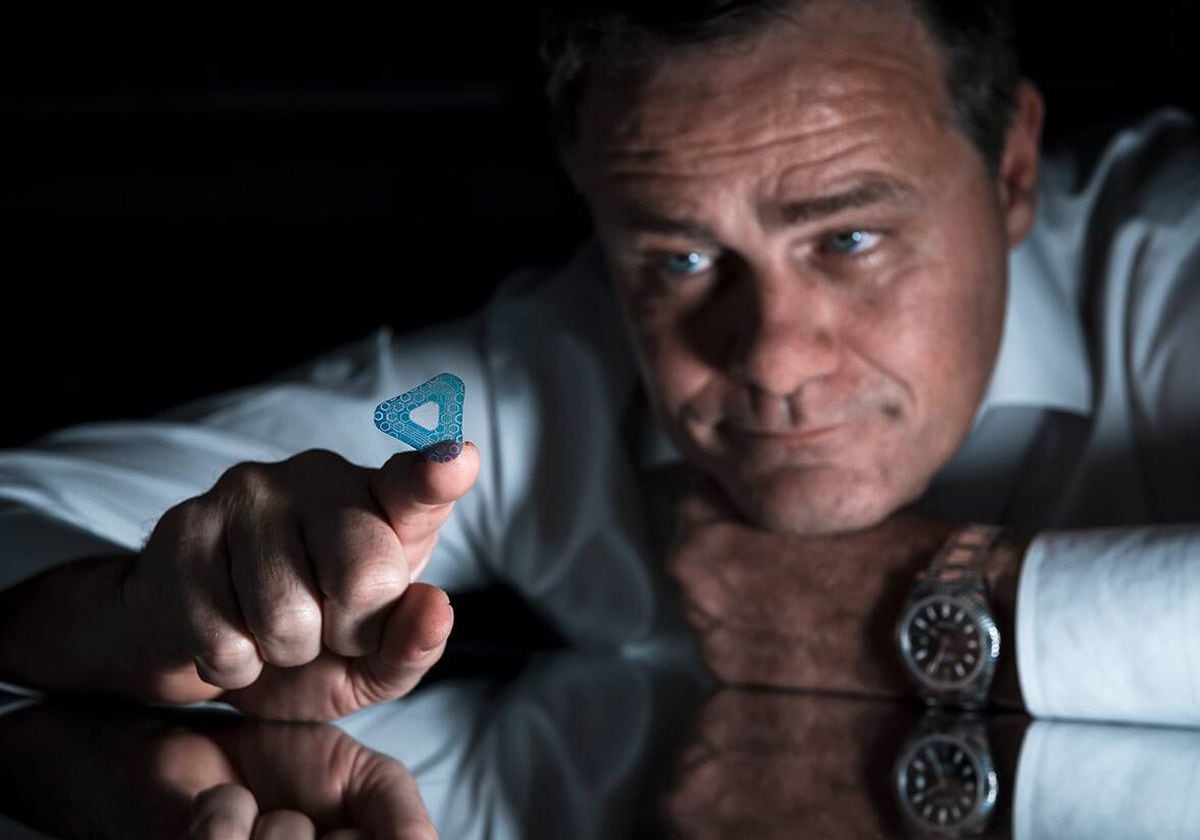Vaccine administration has been, for decades, one of the most effective actions to prevent infectious diseases. As the World Health Organization points out, we currently have more than 20 that manage to prevent as many diseases that can be fatal. However, its distribution is not the same in all parts of the world. Its transport and storage, which often requires refrigeration, makes it difficult to distribute and store it in several countries, especially in rural areas. Likewise, its administration must be carried out by qualified medical personnel. Mark Kendall, an Australian biomedical engineer, has devised a device that allows you to overcome these two pitfalls.
Kendall seemed destined to devote himself to rocket science, but decided to apply his knowledge to medical science. Knowledge of him in the field of fluid mechanics was essential to his creation. A professional colleague encouraged him to explore the possibilities of administering vaccines in a simpler way than usual practice. As he progressed in his work, Kendall realized the need to be able to reach the subcutaneous cells, since in this way the immune response is more intense with a lower dose. The result of this research is the Nanopatch, a patch of just one square centimeter that uses more than 20,000 micro-projections invisible to the human eye. For this project he managed to be one of the winners of the Rolex Initiative Awards in 2012.
A device about the size of a fingernail
The Nanopatch allows immunization against infectious diseases such as influenza or polio in the same way as the traditional administration of vaccines, but solves the great problems of distribution and storage. It does not require refrigeration, as the vaccine is added to the patch in the form of a dry layer, which makes it easy to store in places where the power supply is unavailable or unstable.
The administration of the Nanopatch also simplifies the process, as you don’t need to have medical knowledge for this. Through a small applicator, the patch adheres to the skin. Kendall successfully field-tested the Nanopatch in rural New Guinea and began collaborating with WHO and the Gates Foundation to apply her invention to vaccination against diseases such as influenza and polio.
new apps
The success of the Nanopatch led Kendall to use a similar system for other medical uses. After seeing a relative suffering from two heart attacks, she decided to apply her knowledge to create a permanent patch that measures vital signs. That idea was the germ of WearOptimo, a series of devices that, in the form of a small patch attached to the skin, hide electronic sensors capable of measuring heart rate or hydration level, and which are transmitted to the patient’s phone. or to the doctor. , so that they can be monitored in real time.
Discover other stories and initiatives to preserve the planet The perpetual planet of Rolex.


